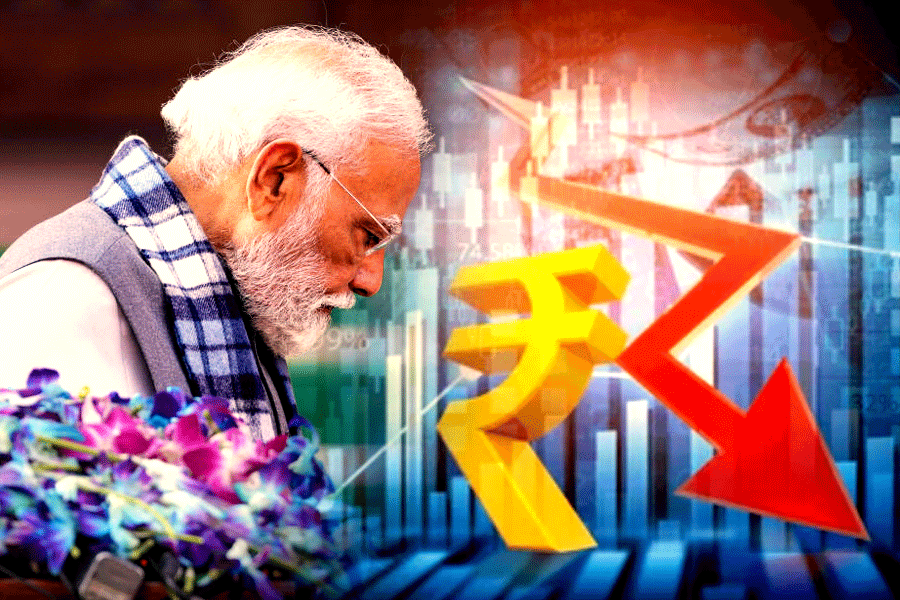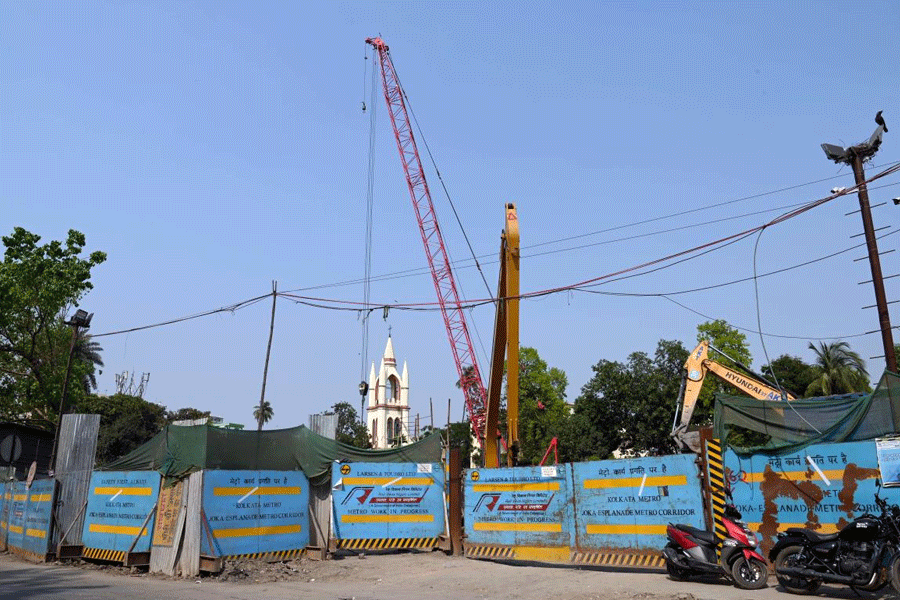Deng Xiaoping famously said it did not matter if the cat was white or black as long as it caught mice.
This was considered pragmatism about an open-market-oriented economic policy for China. China’s spectacular economic success since then as a rising superpower has led to repeated celebrations of this quip as a self-evident pragmatic truth about relying on economic liberalisation as the way to success.
If pragmatism is a virtue in itself, it should apply elsewhere too. Politics is not so distant from economics, so let us see how it fares there. China’s one-party system is a good pink cat because it catches more than 99 per cent votes in any election anywhere, including Hong Kong. Deng, who did not carry the excess baggage of any ideology, would probably have agreed.
Now see how it works with its biggest neighbour India, which takes pride in its multi-party democracy. In the electoral game each party is out to catch the maximum possible number of mice, namely seats. And in our first-past-the-post system, Narendra Modi is the hero with the BJP getting about 38 per cent votes but enjoying a majority in Parliament. How does it matter whether it’s a black, white or saffron cat? It has caught the mice all right.
Absolute pragmatism is not bound by ideology. However, this is not true of the BJP. It has Hindutva, which sets a boundary to its pragmatism. In the absence of any coherent theory, ancient Indian “history” is a cornerstone of its ideology. As Prime Minister Modi explained: “India’s history is also that which the common people of India have kept in the folk stories of India, that has been carried forward by generations.” (Deccan Herald, February 17, 2021).
Anthropologists and historians often take myths and rituals seriously as a possible source from which undocumented history might be deciphered. Not so with our current Prime Minister and many of his colleagues. Unadulterated myth is history for them. So Ganesha’s elephant head was a result of plastic surgery (Modi).
The Mahabharat’s Sanjay had Internet technology and satellites to aid him (Tripura chief minister Biplab Deb). Darwin’s theory of evolution is wrong because our ancestors haven’t said anywhere that they have seen a monkey turn into a man (then junior HRD minister Satyapal Singh).
Nuclear tests are not new to India because the sage Kanad had conducted a nuclear test centuries ago (Ramesh Pokhriyal, who has since become Union education minister).
It’s a short distance from this to the saffron establishment’s modern-day beliefs like the cow being our mother and Ram having been born in a particular spot, where the Ram temple will be built.
This rather remarkable version of India’s ancient history, embellished with its modern-day beliefs, appeals to many in this land of gurus and babas. And yet this version of Indian history, black or white, was not a good enough cat that could catch enough mice to propel the BJP to political power.
It required pragmatism of a different kind, which was injected in two massive doses. First, a version of history that was marinated in the hatred of Muslims by depicting them as invaders who had violated that glorious ancient history, diminishing the Hindus.
Neither V.D. Savarkar nor Guru Golwalkar ever quite explained why the Muslims alone and not the British deserved this distinction. The Hindu elements even in the Congress may have had some sympathy for this view, but officially fought against the British coloniser. The RSS never joined the anti-colonial movement; rather, it helped the British. So it took a long time for the BJP to be counted as a serious contestant for power.
However, once the BJP broke that barrier, a heavier second dose was administered. It emphasised that the Hindu Rashtra in the making needed to be protected against Muslims in particular, and perhaps other religions too. The government under the BJP took up that challenge. However, meeting that challenge required that no fine distinction be made between government and country.
Once you see the beauty of the equation, the rest follows easily. The government has to defend the county against invaders from inside and outside, including those anti-nationals who have either destroyed our glorious history or betrayed the country by criticising its government. Naturally they have to be ruthlessly dealt with for the sake of the nation, which means the government.
What appears to many to be unjustified repression of all kinds of dissent is the need of the hour to defend the country. What appears legitimate dissent against government policy can never be legitimate. It is dangerous and must be dealt with ruthlessly using the sedition law. This is a sound strategy under a determined leader who knows how to be decisive and use authority, with the country in awe of his authority.
It’s a wonderful strategy, this sedition law. It neatly divides the people between those who support the leader, the real nationalistic patriots, and the treacherous anti-nationalists who are out to divide the country.
There is of course a silent middle (maybe they are in the majority), but who cares so long as they are in awe, if not of the leader then certainly of the sedition charges that can in one stroke destroy their lives. The silent majority will see no evil, hear no evil and most important, speak no evil against the government.
Can there be a better pragmatic cat that can catch all the mice? And the people will be made aware of the colour of the cat, which is neither black nor white, not even red, but saffron.
But then, why is this fool-proof strategy not working so well on the ground? Too many fault lines seem to be appearing. Portent of an earthquake? Take for example the project of the Hindu Rashtra. Dalits started questioning its very foundation — the caste system, which they claim is loaded against them. Following Ambedkar they went back to Bhima Koregaon to commemorate the historic event of Dalit valour against the upper caste Peshwas. They had to be stopped, and two local upper caste patriots did the needful rioting.
However, for a delicate matter like the caste system this was too crude, tending to widen the fault lines. Pragmatism fortified by the sedition law demanded a better solution.
The police took little time to change the narrative, shifting the focus from caste to sedition, in particular a conspiracy to kill our leader. Charges of a conspiracy to wage war against the State were lodged in no time against a group of writers, lawyers, poets and human right activists. They were all anti-nationals, not in awe of the government, and had been committing the worst crime of seeing, hearing and speaking out against evil.
Evidence was found in their computers. The cat had caught the mice. But then, who would have known that there are experts in Boston who would come up with evidence of malware implanted in the suspects’ computers? It could not be hushed up, because there are newspapers like The Washington Post, which had brought down former US President Richard Nixon over the Watergate scandal.
Unlike our pliable media which sees no evil and therefore speaks no evil so that the citizens hear no evil, The Post published the opinion of the Boston experts. One of the lawyers who had argued against the conspiracy case and had arranged to send the supposed police evidence to Boston, said this was only the tip of the iceberg.
Some more anti-nationals immediately saw the evil possibility of similarly implanted malware and the tampering of the electronic voting machines. Other political parties should have had an interest in taking this up vigorously, but they did not. Of the largest national parties, one is paralysed by the parivarvad of “Mummy and her two”, and the other is paralysed by another parivarvad of “Hum do, hamara do” (We are two, and have nurtured two).
So the cat can probably continue to catch all the inconvenient mice, with a silent middle. But that silent middle, for long blind, deaf and mute to evil, is suddenly stirring to life. They are the farmers, millions of them across the country who have started seeing through this game of evils. The cat is being swamped by mice, millions of them. If the cat is pragmatic, it should realise that the show cannot go on much longer.
Amit Bhaduri is an economist and was professor emeritus at JNU












